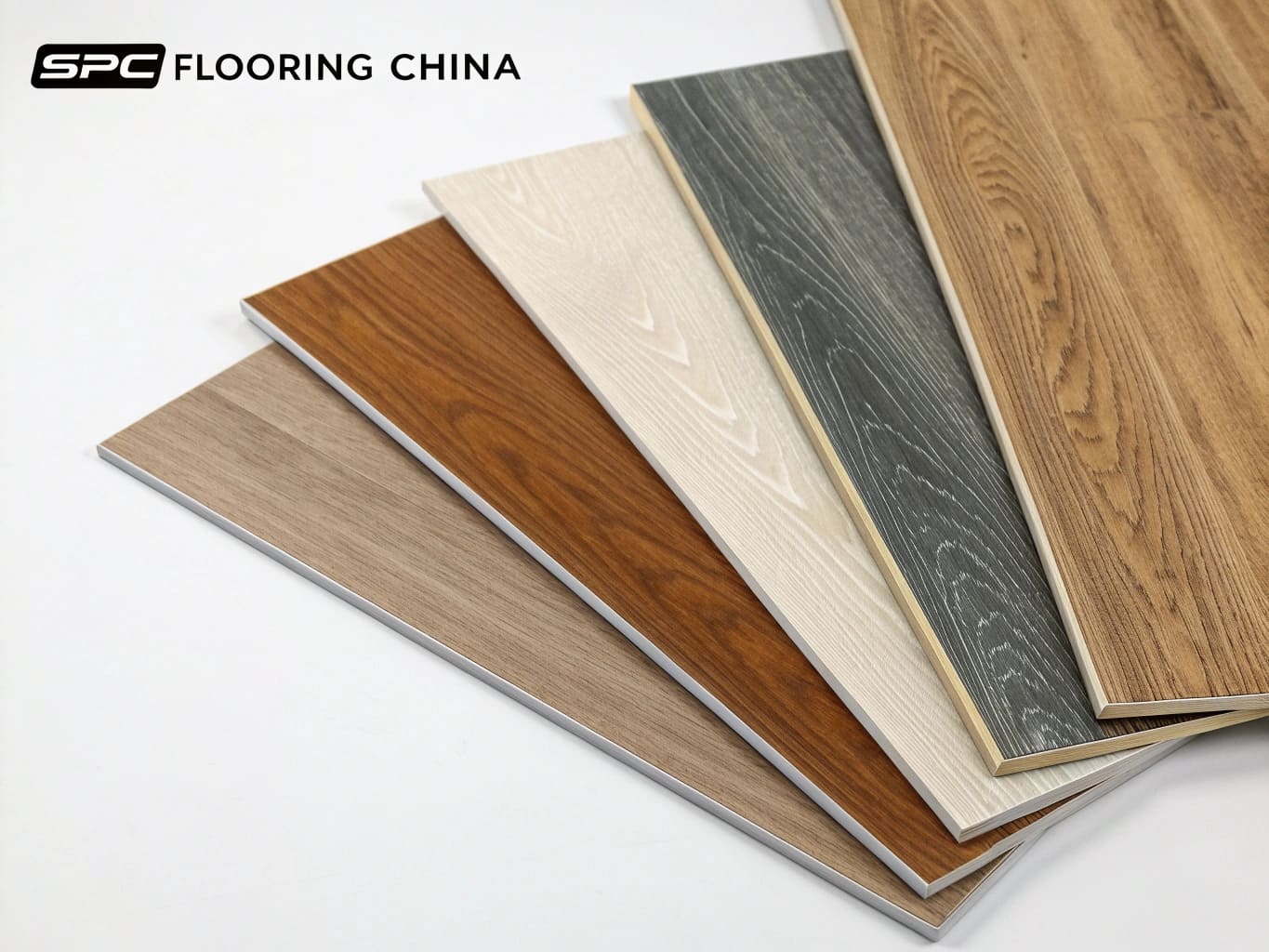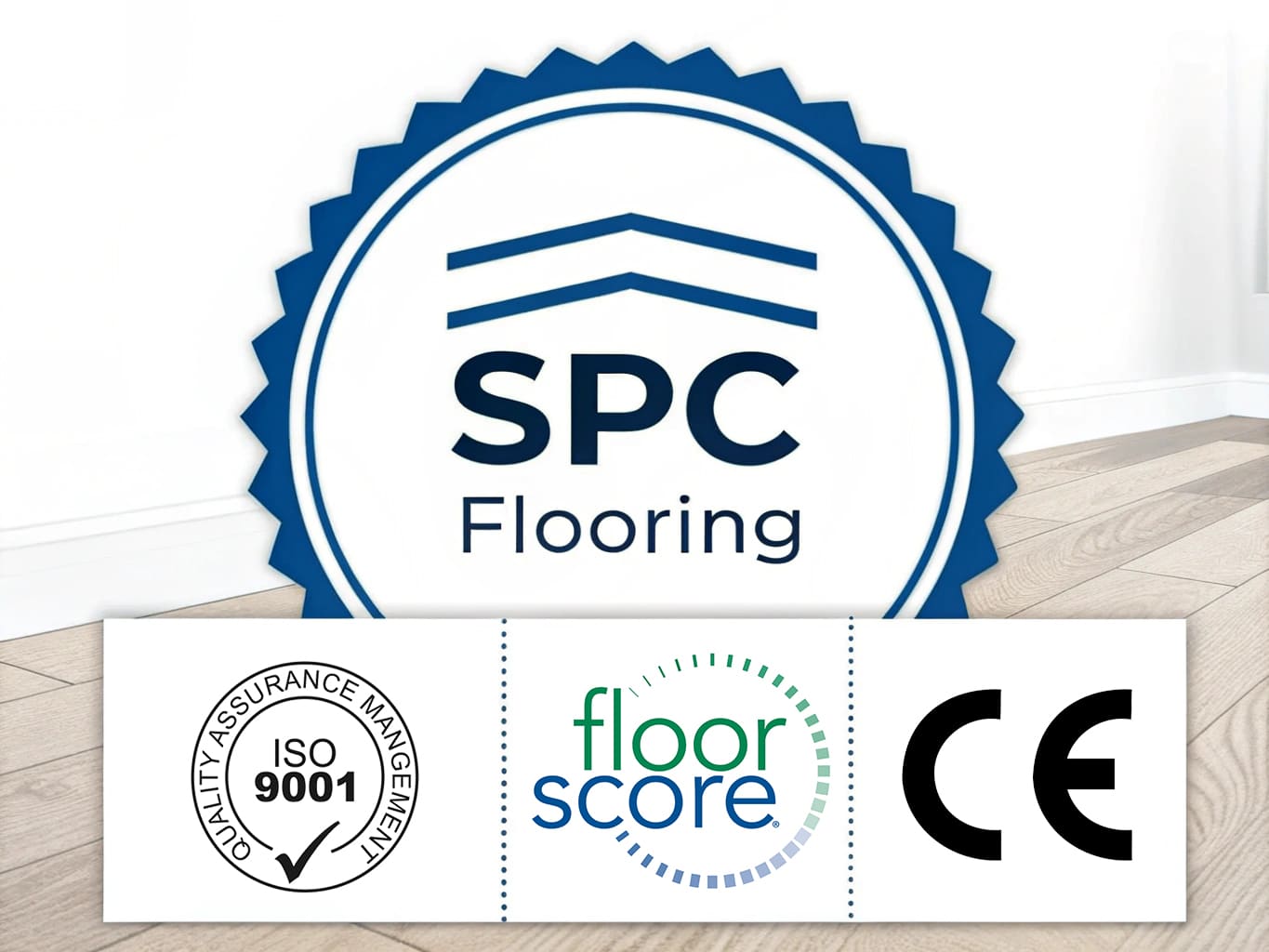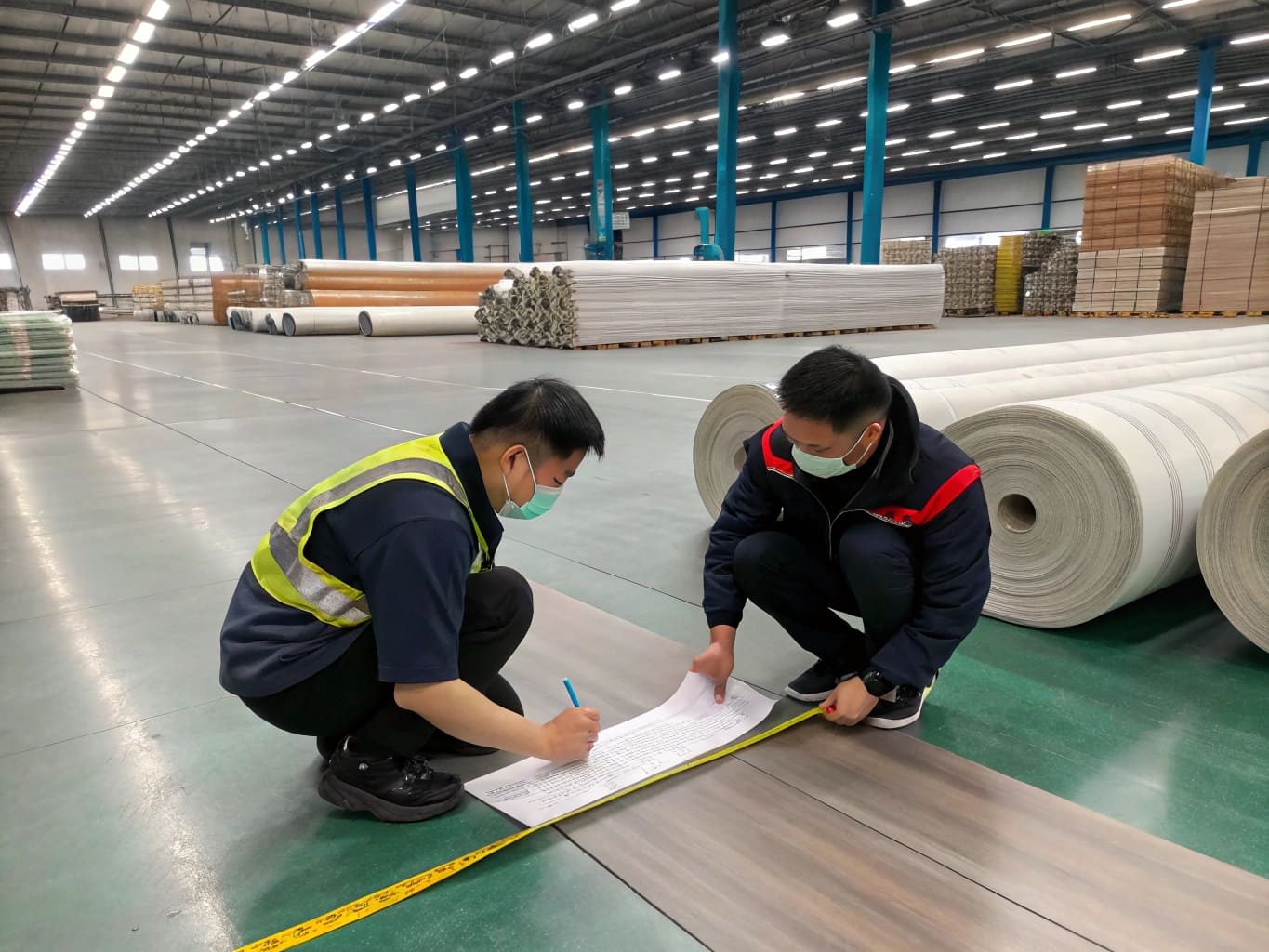Are you worried about inconsistent quality when buying SPC flooring from China? This uncertainty can lead to costly problems and damage your brand. Let me show you how to secure the quality you expect.
To ensure quality SPC flooring from China, buyers should verify factory certifications like ISO 9001 and FloorScore. Conducting factory audits, using independent third-party inspections before shipment, and maintaining very clear product specifications through constant communication are also vital steps.

Getting consistent quality is crucial, especially when sourcing from overseas. As someone who runs a flooring factory here in China, CloudsFlooring, I understand the concerns buyers like Mark Chen from Canada might have. It’s not just about price; it’s about trust and reliability. Let’s break down the key steps you can take to protect your investment and ensure you receive top-quality SPC flooring every time. Building a strong relationship based on clear expectations is the foundation.
What factory audits or certifications should buyers look for when selecting an SPC floor manufacturer?
Choosing a supplier feels risky if you don’t know what paperwork matters. Picking wrong means quality headaches and maybe even legal trouble later. Focus on specific, recognized audits and certifications.
Key certifications include ISO 9001 (quality management) and ISO 14001 (environmental management). FloorScore is essential for indoor air quality, especially for North America. CE marking is necessary for European markets. Factory audits verify their systems are actually working.

When you’re evaluating potential SPC flooring factories in China, certifications and audits are your first line of defense. They aren’t just pieces of paper; they show a factory’s commitment to standards.
Understanding ISO Standards
ISO 9001 focuses on quality management systems. It means the factory has procedures for things like production control, documentation, and continuous improvement. It helps ensure consistency. ISO 14001 deals with environmental management. It shows the factory tries to minimize its environmental impact, which is increasingly important to consumers. We at CloudsFlooring invested early in getting both ISO 9001 and 14001 because we believe stable processes and responsible manufacturing go hand-in-hand.
The Importance of FloorScore and CE
FloorScore is critical for markets like the US and Canada. It certifies that the flooring meets strict indoor air quality (IAQ) requirements by limiting volatile organic compound (VOC) emissions. This is a health standard many end-customers demand. CE marking indicates conformity with health, safety, and environmental protection standards for products sold within the European Economic Area (EEA).
Here’s a quick comparison:
| Certification/Audit | Focus Area | Importance |
|---|---|---|
| ISO 9001 | Quality Management Systems | Consistency, Process Control |
| ISO 14001 | Environmental Management | Sustainability, Responsible Manufacturing |
| FloorScore | Indoor Air Quality (VOCs) | Health Compliance, North American Market Access |
| CE Marking | Health, Safety, Environment | European Market Access |
| Factory Audit | On-site Process Verification | Confirms Certifications, Assesses Capability |
Don’t just take a factory’s word for it. Ask for copies of current certificates and consider conducting your own factory audit or hiring a local agent to do one. This audit checks if the factory actually follows the certified procedures day-to-day.
Are third-party quality inspections recommended before shipment from China?
Relying only on the factory’s own quality reports seems risky, right? Issues might only surface after the flooring arrives, causing big delays and costs. Independent inspections offer crucial security.
Absolutely. Third-party quality inspections, especially Pre-Shipment Inspections (PSI), are strongly recommended. An independent inspector provides an unbiased check of your SPC flooring’s quality, quantity, dimensions, and packaging before final payment and shipping from China.

Think of third-party inspections as your eyes in the factory, especially when you’re thousands of miles away. While we pride ourselves on our internal QC here at CloudsFlooring, we always welcome buyer inspections. It builds trust. For buyers like Mark, who are quality-sensitive but also price-conscious, an inspection is a relatively small cost that prevents potentially huge losses.
Types of Inspections
While Pre-Shipment Inspection (PSI) is the most common, happening when goods are 100% produced and at least 80% packed, other types exist. A During Production Inspection (DUPRO) checks goods earlier in the process, allowing for corrections before it’s too late. An Initial Production Check (IPC) reviews raw materials and initial production setups. For most flooring buyers, PSI offers the best balance of timing and assurance.
What Does a Flooring PSI Cover?
A typical PSI for SPC flooring is quite thorough. The inspector usually checks:
- Quantity: Does it match the packing list and purchase order?
- Visual Appearance: Checking for color consistency, surface defects (scratches, dents), edge/corner damage, and overall finish against approved samples.
- Dimensions: Measuring plank length, width, and thickness to ensure they meet specifications.
- Click System: Testing the interlocking mechanism for ease of assembly and strength.
- Wear Layer Thickness: Verifying this critical component meets the spec (may require specific tools).
- Packaging: Checking carton quality, labeling, palletization, and shipping marks.
I remember a situation years ago with a new buyer who decided to skip the PSI to save a few hundred dollars. Unfortunately, the cartons weren’t properly sealed, and moisture got in during transit, damaging a portion of the order. An inspection would likely have caught the packaging issue before it left our warehouse. It’s a lesson learned – that small inspection fee is truly an investment in peace of mind.
How can clear product specifications and communication minimize quality issues?
Ever received flooring that wasn’t quite what you expected? Vague instructions often lead to costly misunderstandings and products you can’t accept. Define every detail clearly from the start.
Establishing crystal-clear product specifications and maintaining open, frequent communication are fundamental. Provide a detailed spec sheet covering size, wear layer, core, color, finish, bevel, and click system. Confirm everything in writing before production begins.

Misunderstandings are the enemy of quality control. As a manufacturer, the clearer your instructions, the better we can meet your exact needs. This is especially true for products like SPC flooring where small details matter a lot. Think about someone like Mark – he knows his market and needs specific features. Vague requests just won’t work.
Creating a Detailed Spec Sheet
This document is your contract regarding the product’s physical attributes. It should leave no room for interpretation. Key items include:
- Overall Dimensions: Length x Width x Total Thickness (e.g., 1220mm x 180mm x 5.0mm)
- Wear Layer: Thickness and type (e.g., 0.5mm / 20mil, UV coating)
- Core Material: Composition details if specific (e.g., % limestone, PVC, stabilizers)
- Underlayment (IXPE/EVA): Attached or not, and thickness (e.g., 1.5mm IXPE)
- Color/Film: Reference number or approved sample code.
- Surface Texture/Embossing: E.g., EIR (Embossed In Register), Handscraped.
- Bevel: Micro-bevel, Painted Bevel, No Bevel.
- Click System: Brand/Type (e.g., Unilin, Valinge).
- Packaging: Planks per box, boxes per pallet, label requirements, pallet type.
Always approve a physical pre-production sample that matches this spec sheet. This becomes the ‘control sample’ against which the final production is judged.
Maintaining Open Communication Lines
Regular communication is vital. Ask for updates during production. Request photos or videos at key stages. If you have concerns, raise them immediately. Don’t wait until the container arrives. Use simple, direct language, especially if working across language barriers. Email is good for documentation, but occasional video calls can help build rapport and clarify complex points quickly. We find that buyers who communicate actively often have the smoothest orders. For instance, Mark once needed a very specific dark grey. By sharing photos during color mixing and getting his quick feedback via WeChat, we nailed the exact shade he needed, avoiding potential disappointment later.
Conclusion
Ensuring SPC flooring quality from China involves verifying certifications (ISO, FloorScore), using third-party inspections before shipment, and maintaining clear, detailed specifications and open communication with your chosen factory.
